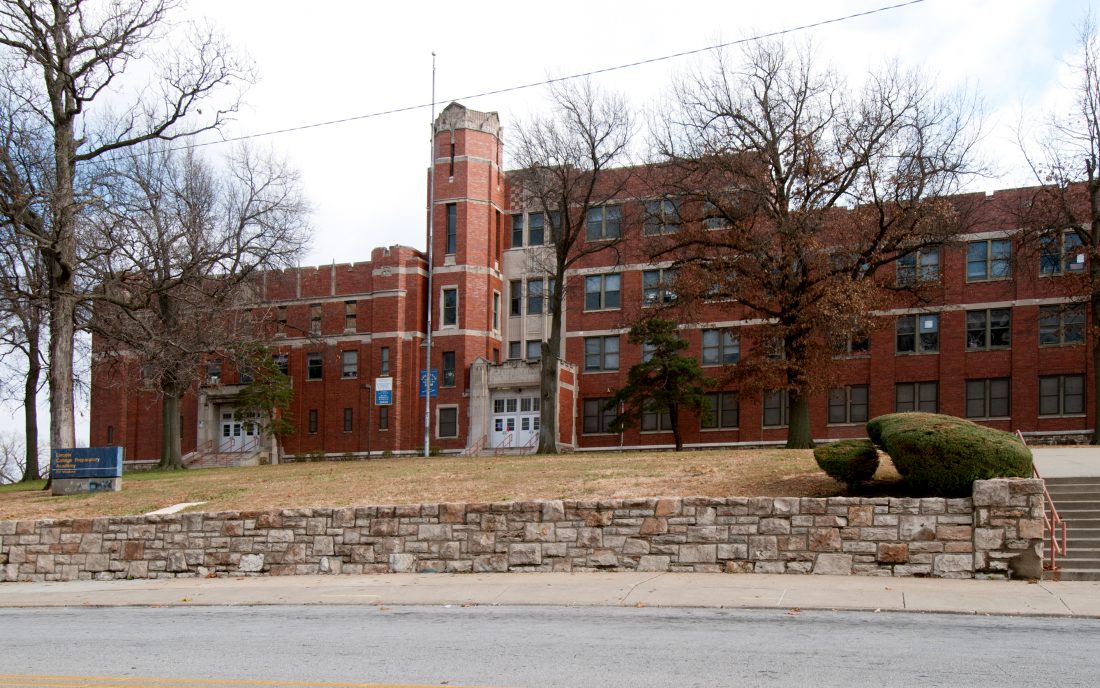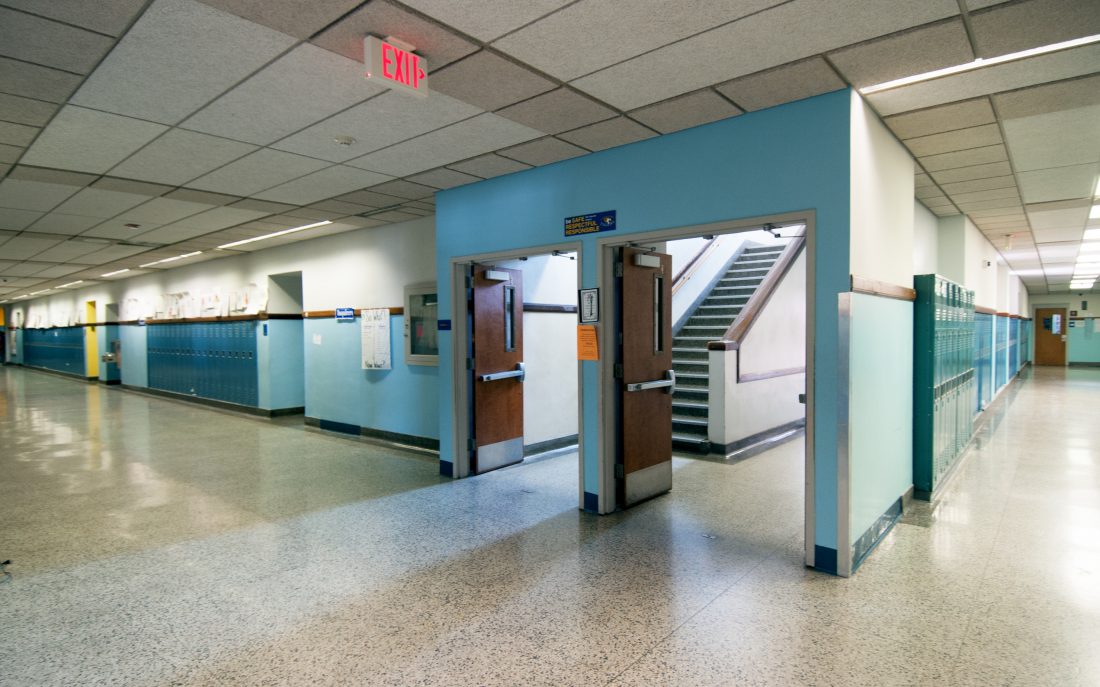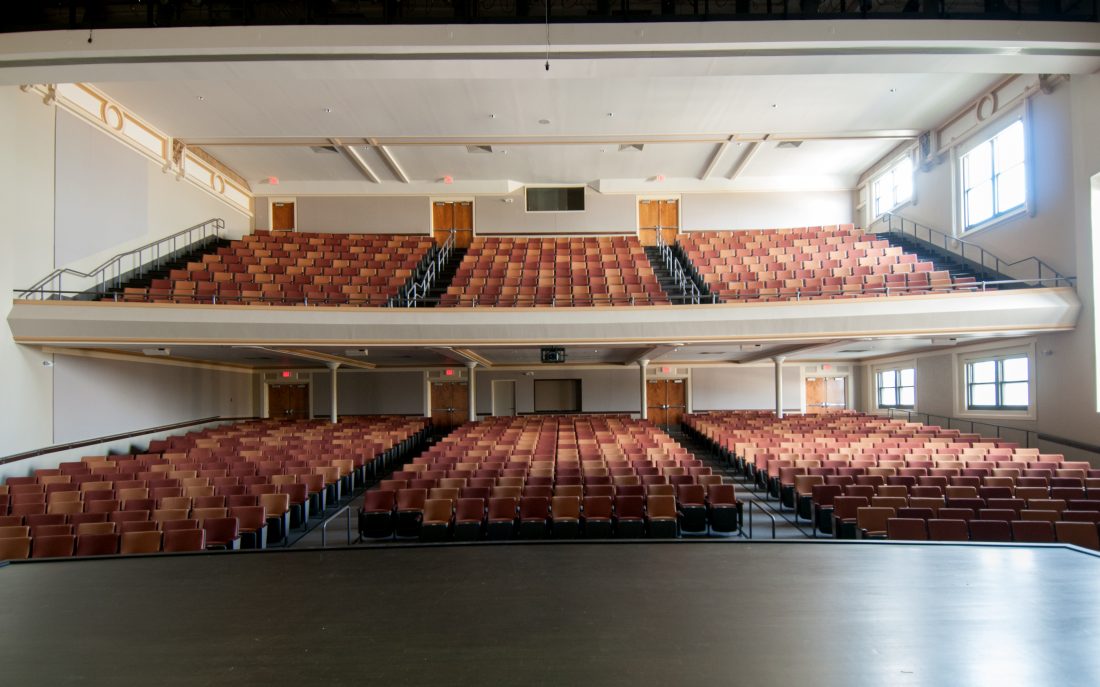Lincoln High School
Lincoln High School is locally known as “The Castle on the Hill,” which conveys both the architectural style of the 1935 building as well as the community pride in what was the only public high school for African Americans in Kansas City. While the Missouri state constitution adopted in 1865 established a public school system for all children, it mandated that those schools be segregated. This was easy to enforce in Kansas City, as the intentional segregation of neighborhoods yielded de facto segregation of schools. Lincoln High School played a central role in shaping Kansas City’s African American community. As the only high school facility in Kansas City open to African American students, it continuously promoted the importance of education, attracted high-quality educators, and counted among its alumni many of Kansas City’s most prominent American African citizens, many of whom participated in the cultural movements of the city.
The 1977 Western District of Missouri court case of Missouri v. Jenkins brought by the Kansas City Missouri School District against the State of Missouri ended in 1984 with the judgment that the District was, in fact, still operating a segregated school system, based on the continued segregation of the city’s neighborhoods, and ordered remedies that altered the racial composition and educational programs of all of its schools, including Lincoln High School. While the student population is no longer restricted by race, the building continues to function as a secondary school, offering a college-preparatory curriculum for ninth through twelfth graders.
As part of a larger project, Rosin Preservation prepared a National Register for Lincoln High School, documenting its significance in three areas: architecture and education, as well as ethnic heritage. In the areas of architecture and education, the school illustrates two distinct eras of design and instructional philosophy. The earliest section of Lincoln High School, built in 1935, is an excellent example of an Early Twentieth Century/Progressive Era School, specifically the High School sub-type. The 1966 addition illustrates the Modern Movement design aesthetic and plan of the Experimental School sub-type of the Modern Era School property type. Notable Progressive Era design elements emphasize safety and curriculum diversity through fireproof construction, wide corridors and stairwells, and the designation of rooms for specific courses of study (i.e. science laboratories); Modern Era design elements emphasize a freer approach to classroom instruction by incorporating non-traditional room shapes and minimizing outside distraction by reducing the number and size of windows. The restrained interior and exterior ornament reflects the austerity inherent in the design aesthetic at the time of construction, both at the height of the Great Depression and during the Modern Movement era. The 1935 school was designed by Charles Smith, who served as School District architect from 1989-1936. Lincoln was the last design he completed for the School District. It shares many functional and aesthetic traits with other schools designed by Smith and represents the culmination of the Progressive Era design philosophy that Smith implemented. The 1966 Lincoln High School addition was designed by Hewitt & Royer and is the only example of Modern Era Experimental School design applied to a secondary school building in the District.
Address
2111 Woodland<br> Kansas CIty, MO





